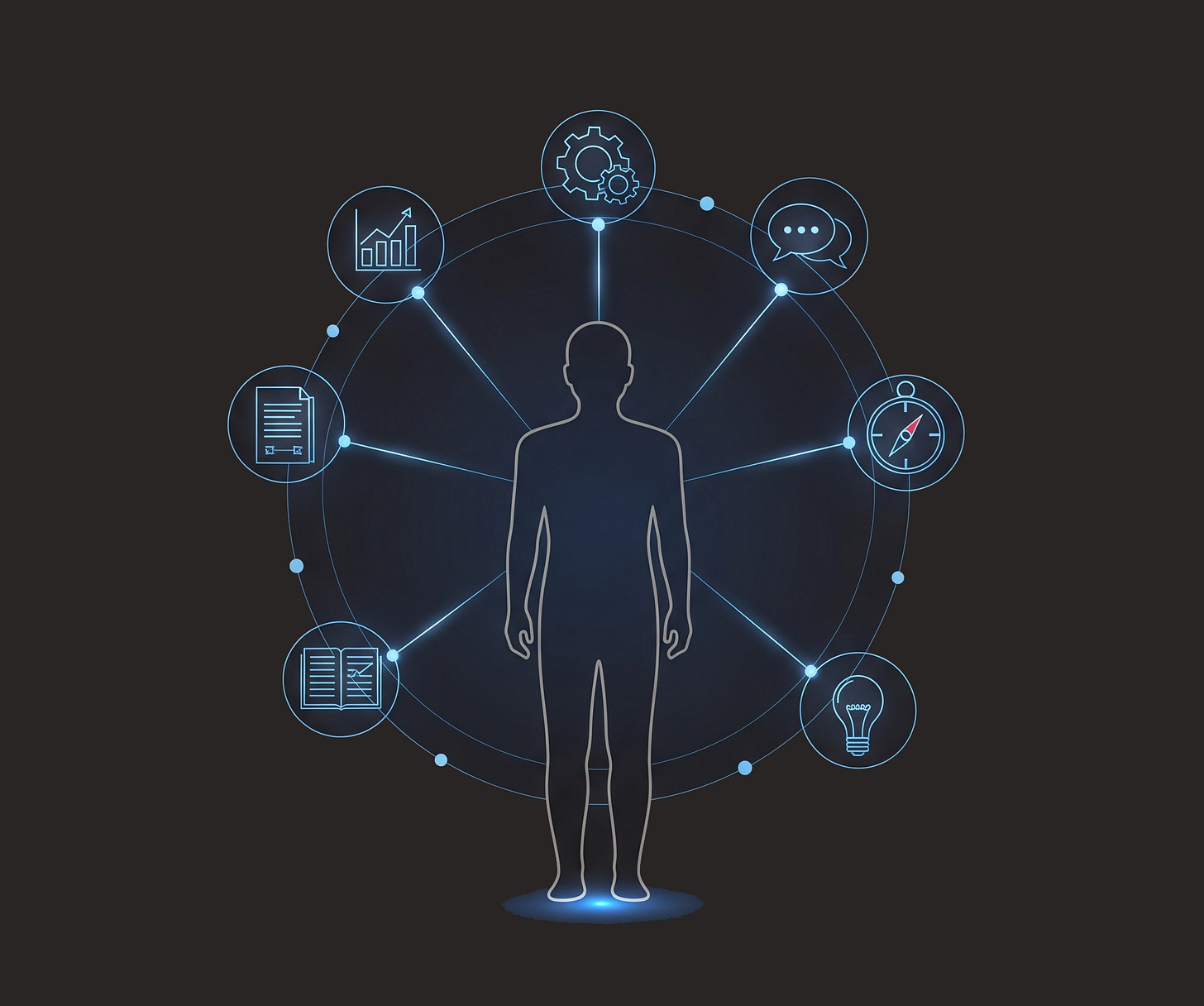The Disappearance Of Average.
Exploring how AI is redefining workplace performance metrics and transforming collaboration beyond traditional appraisals.
We can’t design and measure performance in traditional ways anymore, not in an age where AI is rewriting the rules faster than companies can update their scorecards.
There was already much chatter about the uselessness of employee appraisals, regardless of their delivery frequency. AI will hopefully be the catalyst for accelerating that long-overdue transition to a modern-day performance management era.
The “People are our most important asset” statement proudly exhibited by many companies has rarely been true in practice. Much of this gap stems from how performance is assessed.
Let me explain.
First, it’s worth clarifying what I mean by performance appraisal. Simply put, it designs an employer–employee path to maximise external impact (if any) and smoothen internal collaboration (if any).
At a more granular level, it is:
a two-way street to help both sides optimise controllable variables (pricing strategy, product standards, etc.) and mitigate uncontrollable ones (serendipity, leadership changes, etc.) to be successful.
an empowerment process stripped of any condescension. Everything but blaming. Everything but naming and shaming. In theory, of course.
This view is anchored in a core belief: equipped with enough corporate intelligence, any employee should meet success. In other words, the best products and services will always stand a chance to win — regardless of the relationship with a buyer, the power of a brand, or any political agenda.
Now — what does any of this have to do with AI? Well, AI will profoundly modify today’s antiquated performance metrics.
The seller–buyer information flip
On the external side – the “business impact” – AI as an ever-expanding knowledge database could flip the long-standing seller–buyer dynamic. The information asymmetry that once created sales opportunities will shrink, disappear, or even reverse. In some cases:
buyers will know more about the product or service they are buying than the seller itself.
sellers will be more familiar with the buyer’s company strategy than the buyer itself.
Transaction closure will require more than a trustworthy relationship or a polished pitch. This could take transparency to a new level — or at least rebalance the playing field entirely.
On the inside: collaboration over silos
As more business functions learn to augment themselves with AI, performance will move beyond speed, timeliness, and accuracy. Fuelled by the AI Transformers I outlined here, these functions can do more with more. Performance becomes a collective game, giving collaboration and synergies real meaning. Some silos will remain, but others will simply fall apart as teams start speaking a more common language.
The invisible flaws in today’s metrics
In many companies, performance has been set up to establish a strange causality between incentives and business success, leading to perverse behaviours:
Business teams chasing only large deals, ignoring smaller but promising prospects; they simply “follow the money”.
Operational teams protecting their own metrics without linking them to the bigger picture — for example, choosing cheaper travel far from an event venue, pleasing finance but creating stress for the employee and potentially hurting performance.
An optimistic view is that AI will end these counterproductive behaviours. A more realistic one: AI will force companies to redesign performance metrics and incentives.
There is a much more exciting alternative, though.
The bigger opportunity: role reinvention
Companies of all sizes can seize the momentum AI creates and pair it with two people transformation opportunities:
A new breed of sellers — freed from routine tasks, covering broader territories and industry pools, able to contextualise pitches and proposals with precision.
A generation of company orchestrators — the “generalised specialists” who can speak to any team in the organisation, linking individual performance directly to company performance.
A company orchestrator — otherwise named AI Transformer in a previous article (here)— might start the day reviewing AI-generated sales insights, jump into a marketing sprint to tweak positioning, and end the afternoon in operations solving a supply-chain bottleneck — all without losing sight of the overall strategy. For them, individual performance and company performance will be strictly aligned.
For sellers and in fact, for all client-facing agents, the path to high performance will depend on the ability to adapt to a specific client’s situation and to communicate not only effectively, but also iteratively. In that AI-enriched context, individual performance will still revolve around numbers, but their configuration will not lead to perverse behaviours.
Some companies will continue clinging to traditional performance design and assessment models. It’s the path of least resistance — because “reinventing oneself” is hard, upskilling is daunting, and altering a successful course feels risky.
If it ain't broke, don't fix it. But if you don't fix it, AI will break you.
So here’s the real question: when AI reshapes both the scoreboard and the game, will your performance model be a tailwind — or an anchor?



